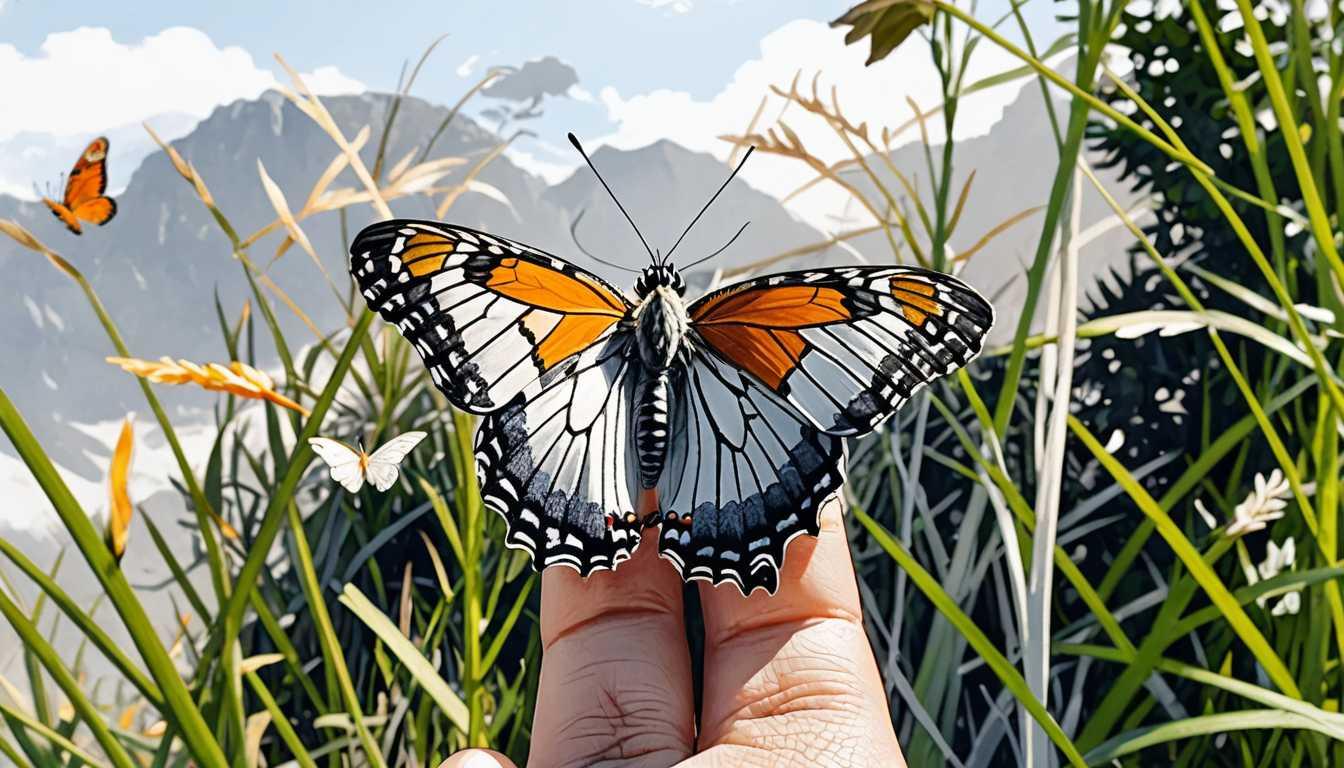Buzzing Through Time: Mummified Bees
August 2023
Smithsonian Magazine
Introduction
Dive into the past with Smithsonian Magazine's riveting tale of 3,000-year-old mummified bees, discovered snug in their cocoons on Portugal's coast. Imagine scientists' surprise, unearthing these ancient buzzers, preserved as if by a spell, offering a rare glimpse into prehistoric bee life. This isn't your typical history lesson; it's a journey back in time, revealing secrets of survival, evolution, and an unexpected freeze that stopped these bees mid-buzz. Get ready to be stung by curiosity!
READ FULL ARTICLEWhy It Matters
Discover how this topic shapes your world and future
Unwrapping the Past - The Tale of the Mummified Bees
Imagine stumbling upon a time capsule, not of human artifacts, but of ancient bees, preserved as if by magic for nearly 3,000 years. This is not a scene from a fantasy novel but a real discovery made by paleontologists on the coast of Portugal. Why does this matter to you, sitting in your classroom, perhaps miles and years away from such a discovery? It matters because it's a window into the past, offering clues about how the world once was, and how creatures like bees have interacted with their environment over millennia. It's about understanding the fragility of life and the power of nature to preserve it under the right conditions. For you, it's a reminder that the world is full of mysteries waiting to be uncovered, and that science is a way to connect with the past, understand the present, and predict the future. Plus, who wouldn't find the idea of mummified bees just a little bit cool?
Speak like a Scholar
Paleontology
The study of the history of life on Earth, based on fossils. It's like being a detective, but for ancient life forms.
Mummification
A process of preservation where the lack of air, moisture, and bacteria prevents decay. It's not just for ancient Egyptian pharaohs; even bees can be mummified under the right conditions!
Fossilization
The process through which living material is replaced by minerals, turning it into a fossil. Imagine turning into stone and lasting millions of years!
CT scan (X-ray microcomputed tomography)
A high-tech imaging technique that allows scientists to see inside objects in 3D without cutting them open. It's like having superhero vision for science!
Organic polymer
Large molecules made of many repeating units, found in all living organisms. It's what the bee cocoons were made of, acting like nature's plastic wrap.
Ecosystem evolution
The study of how ecosystems change over time. By looking at past ecosystems, scientists can understand how current ones might change.
Independent Research Ideas
The role of pollen in ancient ecosystems
Investigate how the types of pollen found with ancient specimens, like our mummified bees, can tell us about the plants that existed thousands of years ago and how those ecosystems might have functioned.
Comparative study of insect preservation methods
Explore different natural preservation methods across various species and environments. Why are some insects mummified while others fossilize or decompose?
Climate change and its impact on bee populations through time
Research how past climate events, like the ones suspected to have caused the bees' demise, compare to current climate change impacts on bee populations and what that might mean for our future.
The evolution of bees and their role in pollination
Delve into how bees have evolved over millions of years and how their relationship with flowering plants has shaped the world we live in today.
Ancient DNA and modern conservation
Examine the potential of using DNA from well-preserved specimens to understand genetic diversity and how this knowledge can aid in the conservation of endangered species.
Related Articles

Alaska's Tropical Dinosaur Wonderland
March 2024
Smithsonian Magazine

Avian Adventurers: Climate's Challenge
December 2023
Imperial College London

Wings of Change: Butterflies vs. Climate
July 2023
University of Cambridge

Ammonites: Thriving Until the Meteor Hit!
June 2024
University of Bristol

Orchids: Obsession & Survival
May 2023
Smithsonian Magazine